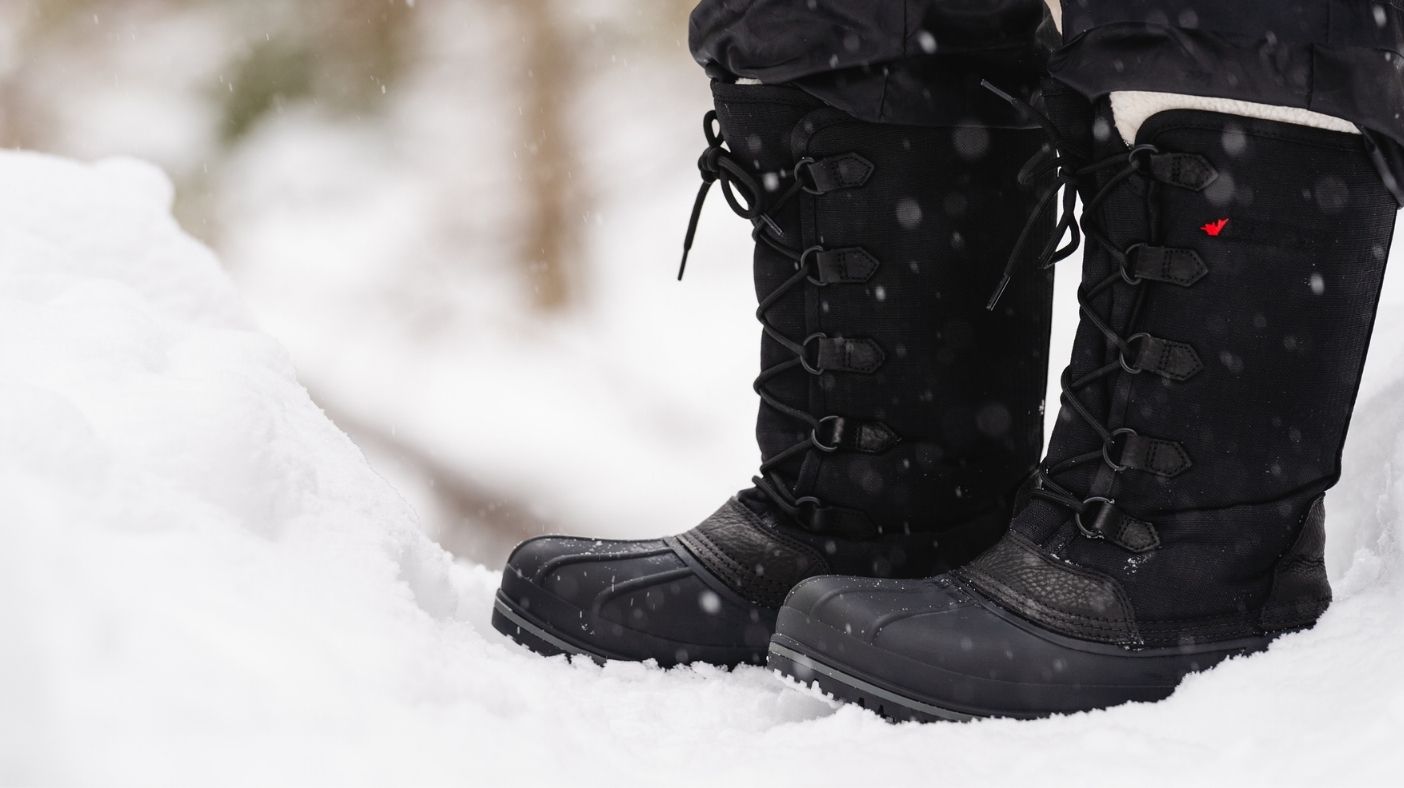How to break in your hiking boots
Outdoor Activities | March 26, 2024
SAIL
January 7, 2022

Choosing the right pair of boots for winter is the key to enjoying the cold season to the fullest. Whether it be for walks in town or high-intensity winter sports, find the perfect boots for you with this Winter Boot Quiz.
This article was written in collaboration with La Presse+.
Can you guess the answers to the questions in this quiz? Learn more about the right criteria to look for when it comes to selecting a pair of winter boots, all while having fun.
You can start shopping for the boots of your choice online or at your favourite SAIL store.
Bottes d’hiver pour hommeBottes d’hiver pour femme
All of the above. It all depends on the activity you plan on doing…and on the person who will be wearing the boots! The grams (meaning the density of the insulating fibers that make up a boot) remain the most precise indicator for finding the right boot. The golden rule: the more active you’ll be, the lower this number should be, as you’ll want to avoid your feet from becoming too hot and sweaty. Get chilly easily? Up the grams just a little to suit your needs.
When you will be heading out, but you’re planning on being more sedentary (ice fishing, snowmobiling, or sledding with the kids), you may want to opt for 600 g winter boots and fibers with better insulation. For snowshoeing and hiking, 200-400 g is ideal. In fact, 100-200 g of insulation should be enough for urban boots, if you’ll only be walking outdoors for short periods of time.
If you’ll only be buying one pair, select a low insulation rating, but consider adding warm socks in merino wool and a foot-warming sole or wool insole.
False. If your winter boots are too big, the friction of your heel against your shoe could cause some serious blisters. On the opposite side of the spectrum, a boot that is too tight will cut off your blood circulation. The trick is to try on the boot you are looking at with the same type of socks you plan on wearing when you use your boots outdoors.
All of the above. A boot’s breathability is important, and that of your socks is as well. For your sock selection, opt for synthetic materials or merino wool, but stay far away from cotton.
As far as your boots go, each material has its advantages. Leather resists wear, water, and is easy to maintain. Synthetic boots are lighter and more economical. For the best of both worlds, opt for a pair that is a combination of a rubber sole and a leather upper.
Should you select a neoprene boot, make sure you keep your feet out of the water and away from extreme cold.
All of the above. A boot’s worst enemies are direct heat and salt. This is why it’s important to avoid leaving your new boots near the fireplace or heater to dry them. This habit has a tendency to dry and crack the material. The exception: if your boot has a removable lining, the lining may be removed and placed nearer to a heat source without causing damage.
Ice cleats and traction systems. Different manufacturers have developed traction systems such as Vibram Arctic Grip that provide superior grip and help to prevent falls in icy or wet surfaces. You can also easily add ice cleats to any boot on the market, and some even have built-in cleats. It’s a great solution for withstanding even the toughest of winter weather conditions.